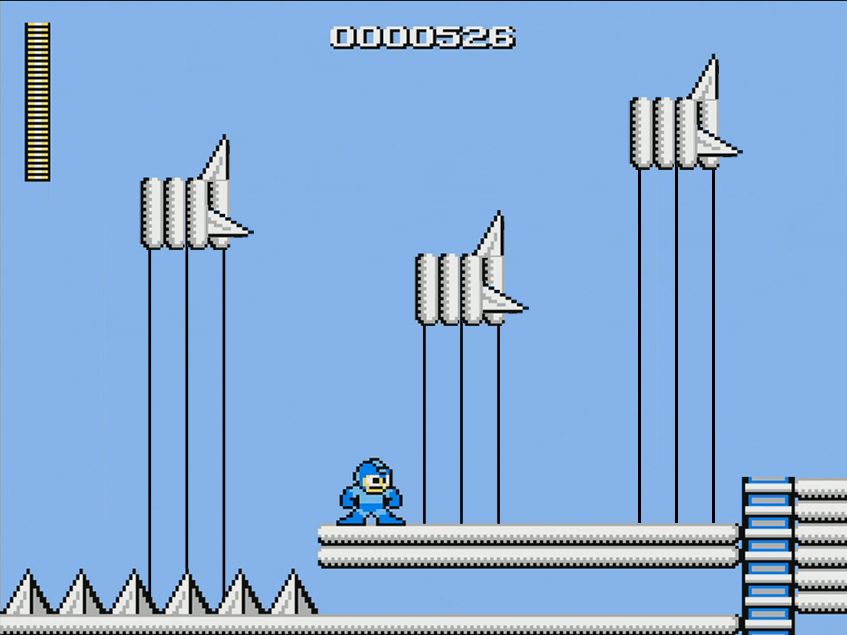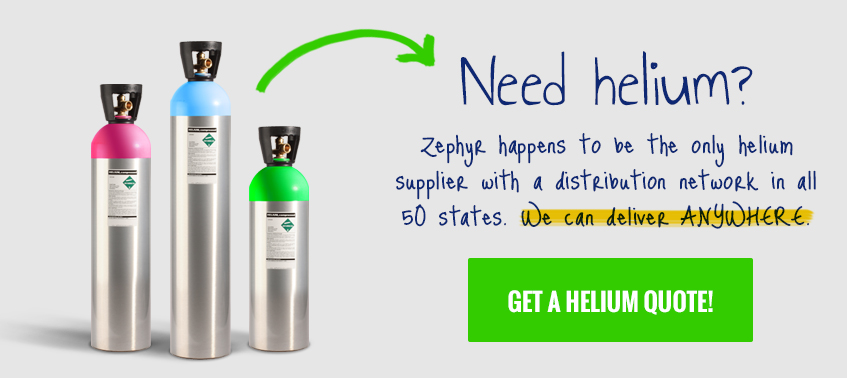As the wind industry races to build taller turbines to reach stronger winds, a new helium wind turbine could not only win that race, but render it obsolete.
Higher wind, higher power
Here’s the deal with wind energy: The winds that blow a thousand or more feet up off the ground are up to five times stronger than the winds captured with traditional, ground-mounted wind turbines. High altitude winds are also consistently blowing.
These two reasons are why many companies are trying to figure out a logistical way to build taller turbines.
However, MIT graduates Ben Glass and Adam Rein do not care about building taller turbines. That’s because they’ve figured out a way to make wind turbines float in mid-air and the key is helium.
A bizarre new sky-scape
It looks like something out of an old Mega Man video game, but the stubby, finned donut you’ll see hovering up in the sky is the Altaeros Buoyant Airborne Turbine (BAT)—a brilliant innovation that essentially combines the back end of a helium blimp with a wind turbine.
Essentially, the BAT is a big helium balloon ring with rear wings that keep it pointing into the wind current. In the center of the helium ring is the turbine, which is suspended with cables. As wind passes through, the turbine spins and the resulting energy is captured and transmitted down to the BAT’s docking station.
Why a helium wind turbine is better
The BAT has more than a few advantages over traditional, ground-based wind turbines:
It’s powerful. Since it harvests energy from the stronger, consistent winds that blow at 1,000 to 2,000 feet, it generates twice as much energy as a ground-based wind turbine.
It’s portable. It can be deployed and taken down quickly from its truck-trailer dock. The process is entirely automated. This means that it can be deployed in remote areas or in disaster situations where electricity is unavailable.
It’s temporary. There’s nothing to install. Unlike permanent turbines, it doesn’t alter a landscape, nor does it present the typical geological challenges sometimes met by ground-based turbine installations.
It’s multi-functional. Beyond the wind turbine, the BAT can carry cellular antennas, radio antennas, Internet access, meteorological and video equipment, and more.
It’s strong. Using a triple-tether system and a durable, proprietary shell, the BAT helium wind turbine can tolerate 100+ mph winds and operate in heavy precipitation.
It’s smart. It requires no day-to-day manual operation. If a storm does threaten it, it will dock itself until the storm passes, continually producing power as it sits on the dock. If it does somehow break free of its triple tether system, it senses this and will begin to vent helium to allow itself to slowly descend to the ground, sending an alert back to the company. If the shell experiences a severe puncture, it will dock itself and alert the company.
The BAT helium wind turbine presents yet another incredible use for helium gas.
Sources: Altaeros Energies, MIT News



